#155 Make Fermented Garlic Honey
Winter prep begins now
It’s time to start prepping for winter. Make your garlic honeys. Dried herbs. Rosemary infused oil. Brush up on your soup recipes. Stock up on cod liver. Winter cheese. Broth. Honeycomb. A glorious Winter Arc is about to begin.
If I had to choose ONE thing to prep, it would be garlic honey - zero question about it. It’s actually genius when you think about it… We all know just how powerful raw honey is. We know the incredible benefits of garlic. Now imagine what happens when you SUPERCHARGE honey with all the benefits of garlic?
You basically get a natural antibiotic that you can keep on hand during the course of winter. A natural medicine that you can take whenever you’re feeling under the weather.
For centuries, people have been using fermented garlic honey as a remedy for coughs, flu and those annoying periods of time where you’re not quite sick but you don’t feel your best.
It’s what you reach for when you know you don’t really need any pharmaceuticals and perhaps just honey on its own isn’t doing the trick.
Fermented garlic honey is truly quite a no-brainer to have in your pantry:
Anti-inflammatory compounds reduce oxidative stress
Anti-bacterial and anti-viral properties support your immune system
Various active compounds can help modulate blood pressure
Many people find that it eases asthmatic symptoms and supports blood-sugar control
You are using both ingredients synergistically. They cover each other’s weak spots. And the best part is that it’s so easy to make (all you really need is patience).
Ingredients:
1 bulb high-quality garlic (organic if possible; purple garlic is ideal, it has slightly more phytochemicals and antioxidants)
enough raw honey to fully cover the cloves (a darker, more medicinal honey like manuka or jarrah works beautifully)
optional: 1 sprig fresh rosemary, or a small amount of other fresh herbs (thyme, oregano, sage)
Method:
Break the garlic bulb into cloves and peel them. Lightly crush each clove with the side of a knife so it cracks but stays mostly intact. Let the crushed cloves sit on the counter for 10–15 minutes so allicin can form.
Place the cloves into a clean, dry, sterilized glass jar until it is roughly one-third to half full. Add a sprig of rosemary or other herbs if you are using any.
Pour raw honey over the garlic until the cloves are fully submerged and the jar is almost full. Use a clean spoon to push all the cloves below the surface of the honey (you can even use the herbs to help push the garlic down if they are being stubborn).
Close the lid so it is covered but not fully tightened. In the first week the mixture can release gas, so it needs a little room to breathe. Store the jar in a cool, dark, dry place.
Once a day for the first week, visually inspect the surface to make sure there are no unwanted intruders. If you spot anything strange, especially around the inner surface of the lid, remove it and clean the lid well before closing the jar again.
After inspecting, gently flip or roll the jar to keep everything coated and submerged, then set it back.
Let it sit for at least 3–4 weeks. The honey will thin out, taste mellower and more complex, and the cloves will turn slightly translucent.
After the first month, you can tighten the lid fully and keep the jar in a cool cupboard for long term storage. Always use a clean spoon and keep the cloves submerged in honey.
Note: If any garlic is poking out of the honey, it can spoil. The honey is your shield.
What honey do you use?
Aim for the most medicinal honey you can get your hands on. Manuka, jarrah or other darker more medicinal honeys are great options. However, remember that you must at least enjoy or be able to tolerate how it tastes. If the honey base you use is something you absolutely hate you’re only going to waste all this time making garlic honey (if you never use it).
What garlic do you use?
Quality matters. Use organic garlic as much as possible to avoid any pesticides in your garlic honey. Purple garlic varieties are beautiful. Avoid garlic that is soft, sprouting or smells off.
How do you use your fermented garlic honey?
You can absolutely eat it on its own (both the honey and/or garlic cloves on their own), or you can use it in place of honey for various marinades & sauces.
There’s a reason why garlic has been known as the “poor man’s penicillin”. Honestly, it’s a total understatement. While I can’t ignore that certain scenarios call for acute pharmaceutical intervention, I’ve found so many benefits in natural remedies like garlic honey, black seed oil and magnesium that it amazes me why these aren’t prescribed at all. They would 100% make so many people feel better everyday.
Natural remedies are great hacks in improving how you feel on a day-to-day basis - something the medical system performs poorly at, in my opinion.
The day we combine the wisdom of the ancients with the cutting-edge technology of modern science is the day we will truly be the healthiest in our existence.
The different shades of coffee
Smell like vanilla
It’s difficult to trust someone who hates vanilla
Real dessert
How blessed are we to experience real dessert
Water mattersS
What your water choice says about you
❋ CANDIED BLOOD ORANGES DIPPED IN CHOCOLATE WITH FLAKY SEA SALT
Please meet the ultimate candy for anyone who’s into the citrus-chocolate combo! Delightfully chewy, tangy, tart, and sweet blood oranges are candied then dunked into dark chocolate and topped with flaky sea salt for the most perfect homemade gift for the Holidays….or any time of year!
Why this Recipe Works
The tart brightness in the citrus is perfectly balanced by the richness in the chocolate.
The chocolate citrus flavor pairing. Nuf said.
Finishing with big flaky salt brings out the chocolate flavor and tempers the sweetness of the chocolate, creating the ultimate sweet and salty treat.
Tempering the chocolate on the stovetop requires no special equipment.
The recipe is easily adaptable to any type of citrus or kind of chocolate!
❋ WHY IS SOME CHEESE ORANGE OR RED? THE HISTORY BEHIND ANNATTO
As the old saying goes, we eat with our eyes. We love the colour of cheese, both on its outside and what it opens up to reveal. In a world of pristine whites and warm yellows, nothing strikes the eye of a deep-hued orange or red cheese, the sign of a well-matured variety, but often the result of a little bit of annatto as well.
Annatto serves as a natural alternative to synthetic food colouring for cheese, but why is it used in the artisan cheese world? What is the history behind it? Grab some cheese and red grapes and find out more in this article.
These sweet pear jellies from Michael Wignall would be the perfect way to round off a dinner party, with a hint of boozy pear liqueur to balance out the overall sweetness. These would also make a wonderful edible gift as an alternative to chocolates or truffles.
❋ Read our latest WARKITCHEN magazines:
❋ You asked, so we had to deliver. Prints are finally here! "Fundamentals" presents twelve prints, each sized 8.5" x 11", printed on 350gsm art paper with a protective matte finish. The prints are bundled and wrapped with soft 22g tissue paper - sealed gently with a cute watermelon sticker (as everything should be). Get your prints (that come in a bespoke WARKITCHEN linen gift box) here.
❋ If you’d like to contribute an article or sponsor a future issue, please send your pitch to rocky@warkitchen.net.
❋ Explore the full WARKITCHEN archive here.
❋ Adding us (rocky@warkitchen.net) to your contacts, or moving us to primary, will make sure you continue receiving these emails.




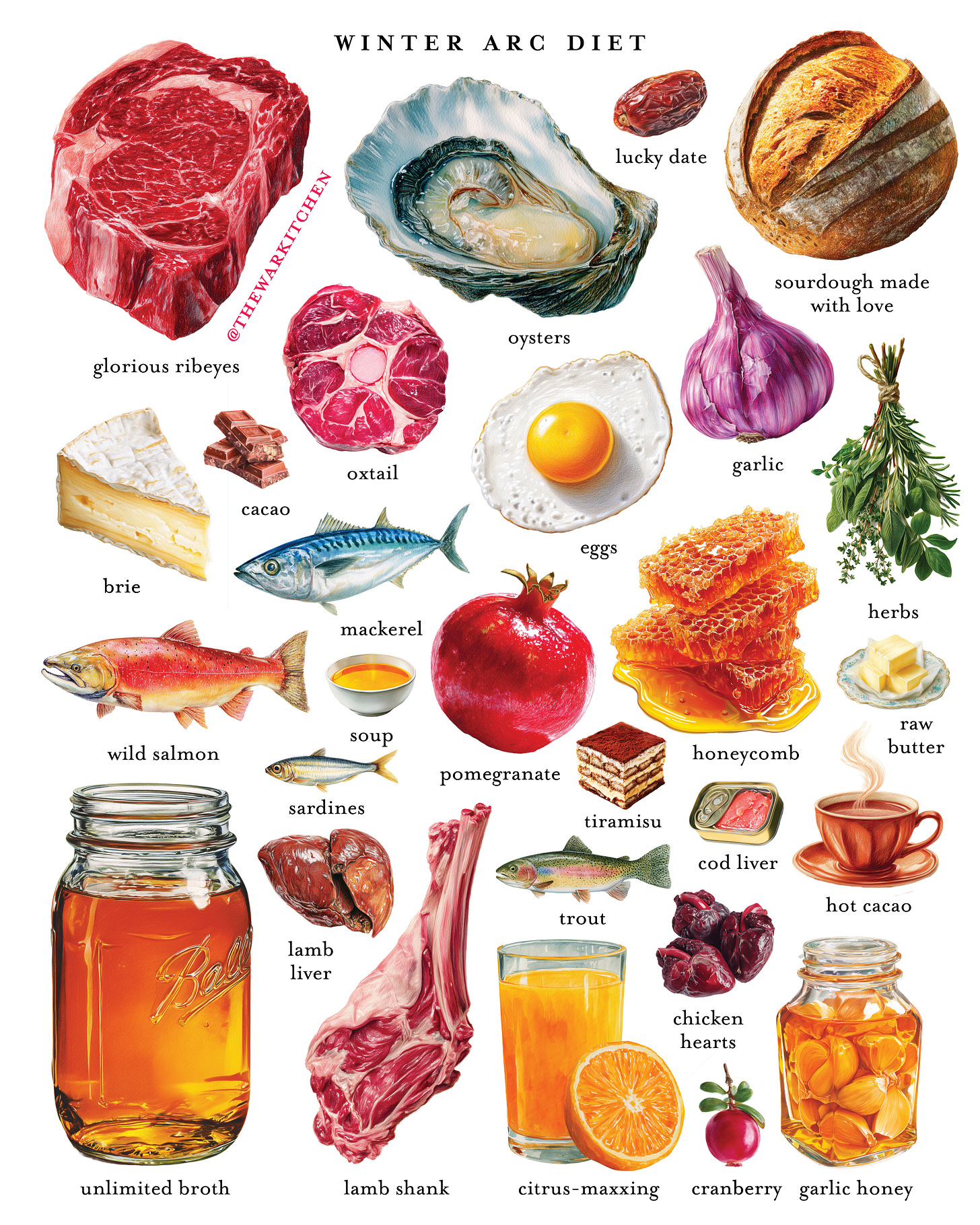



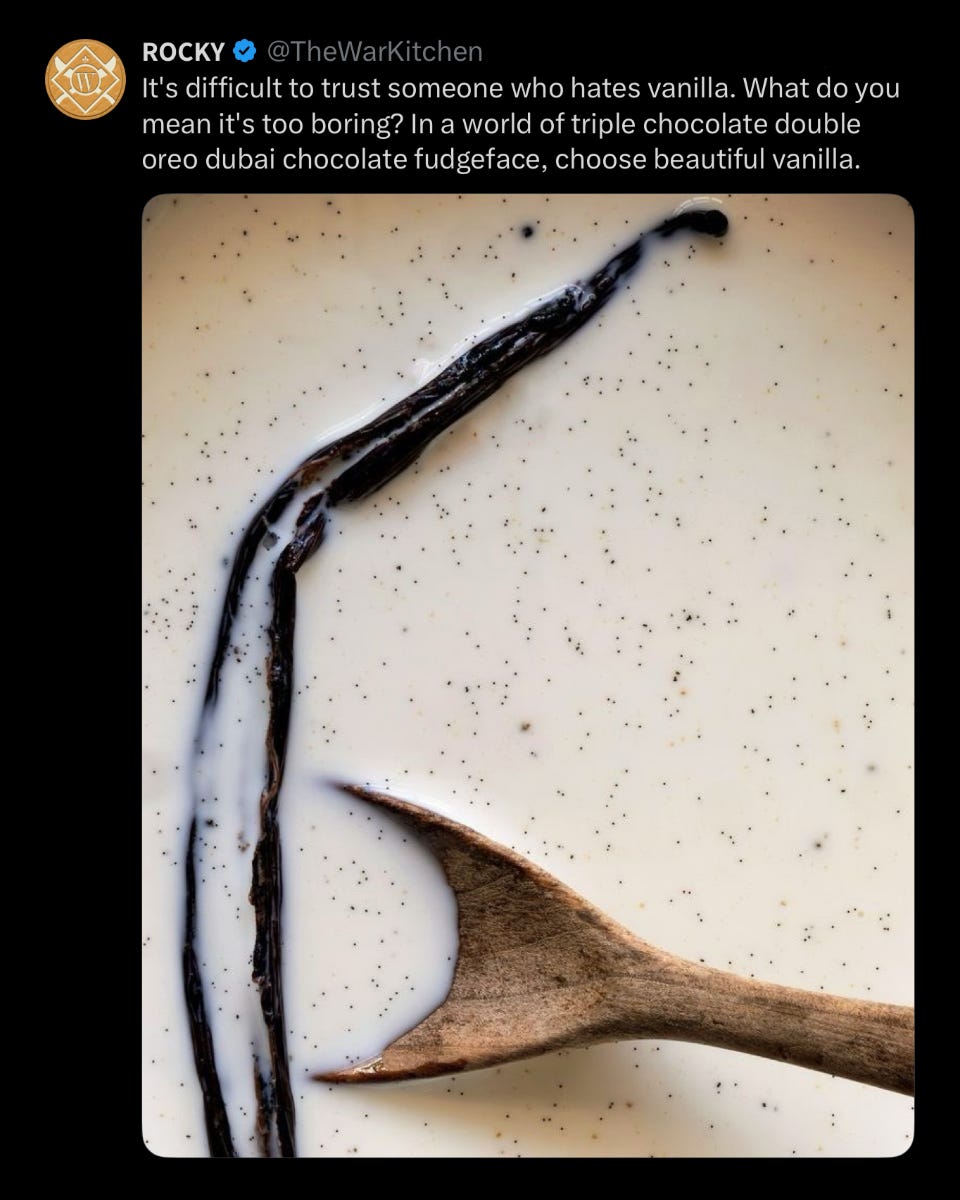




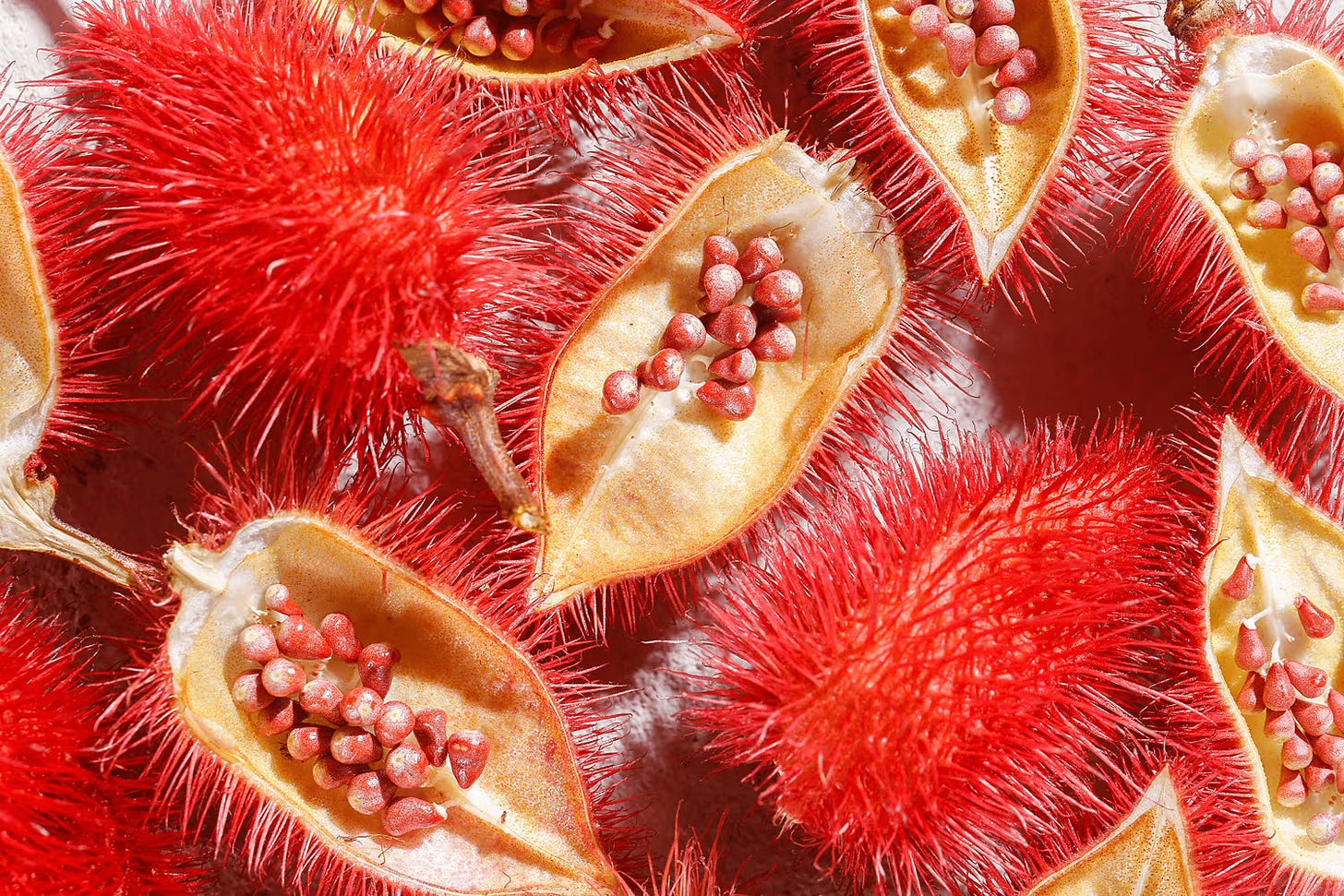
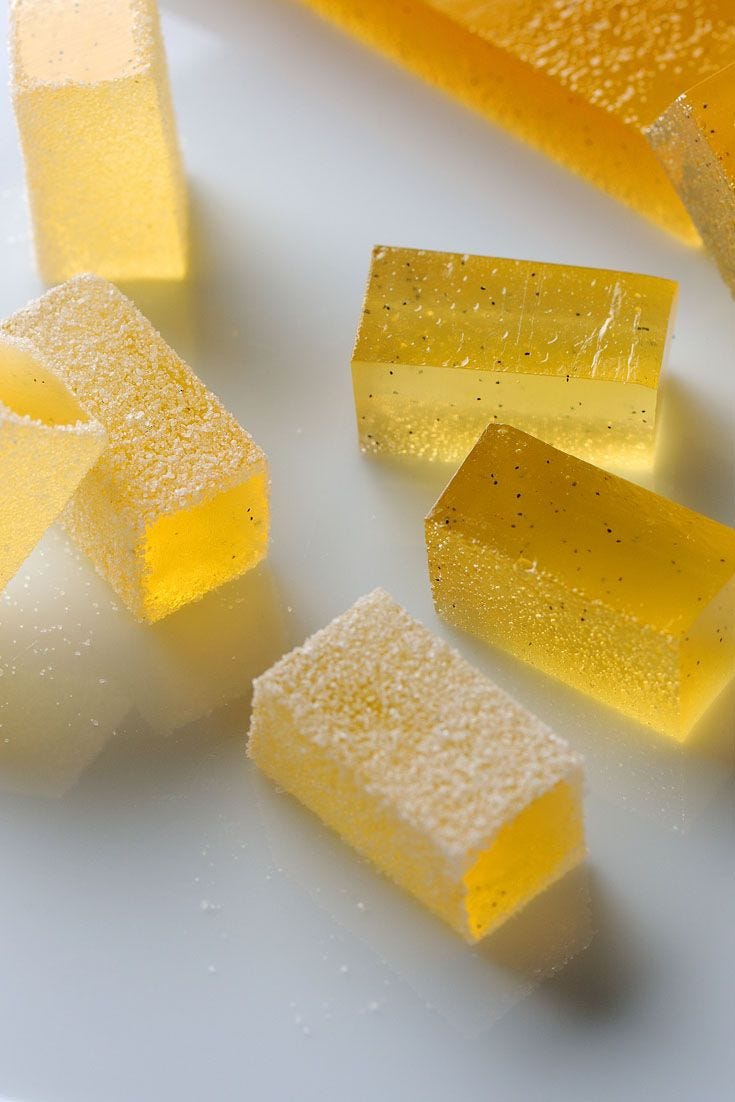

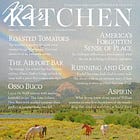

War kitchen always makes me smile. Love the aesthetic
So many good things here! I’ve not made fermented garlic honey and now I really want to. It sounds so yummy!